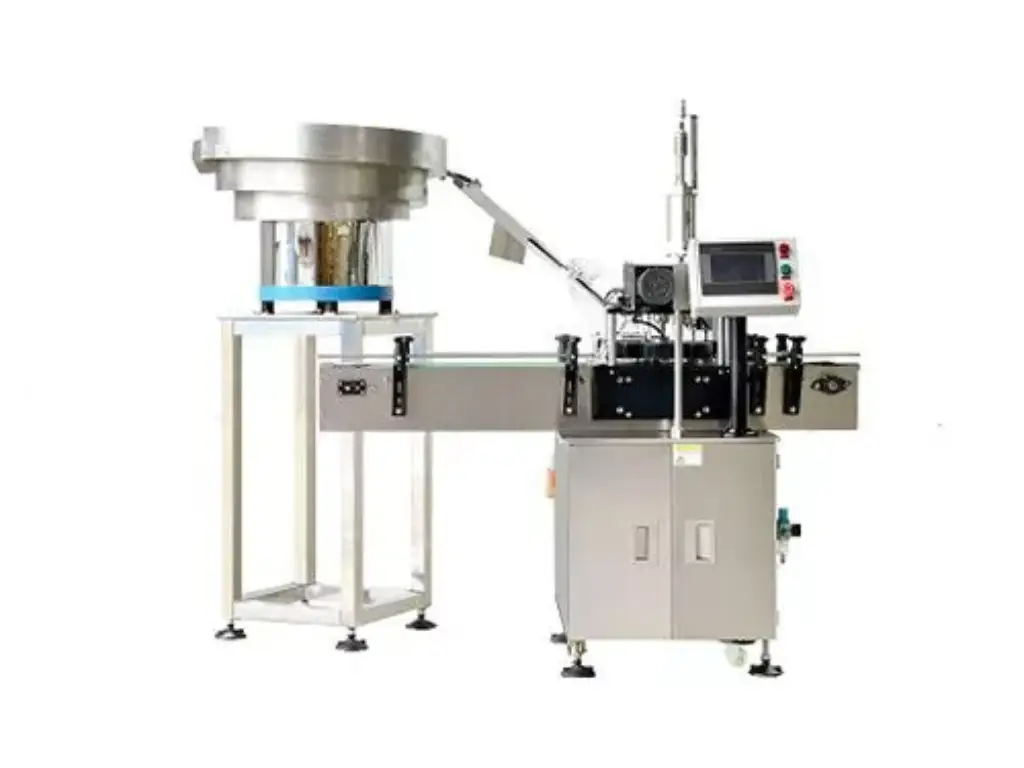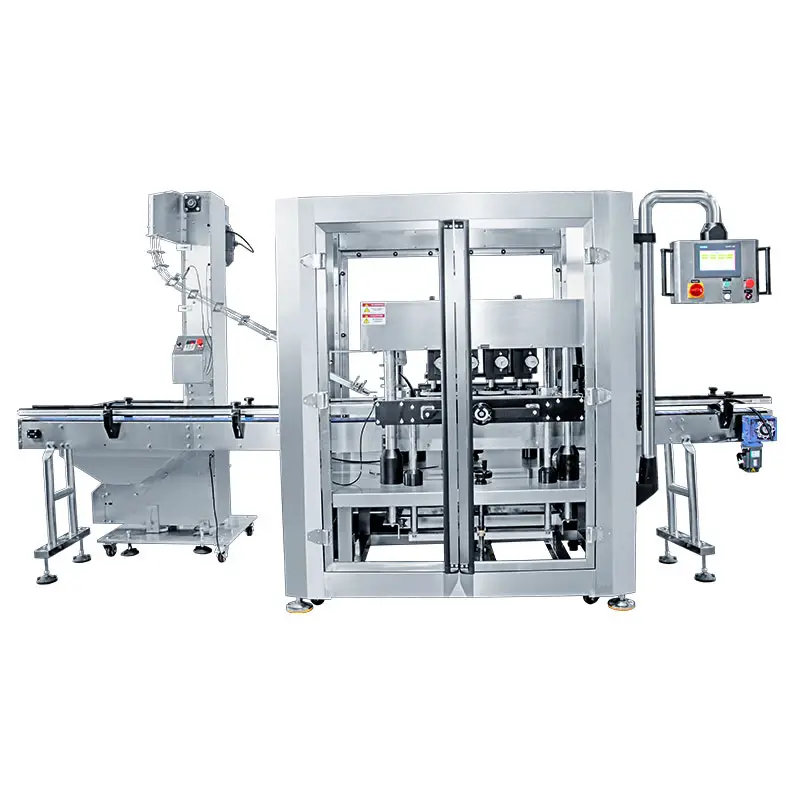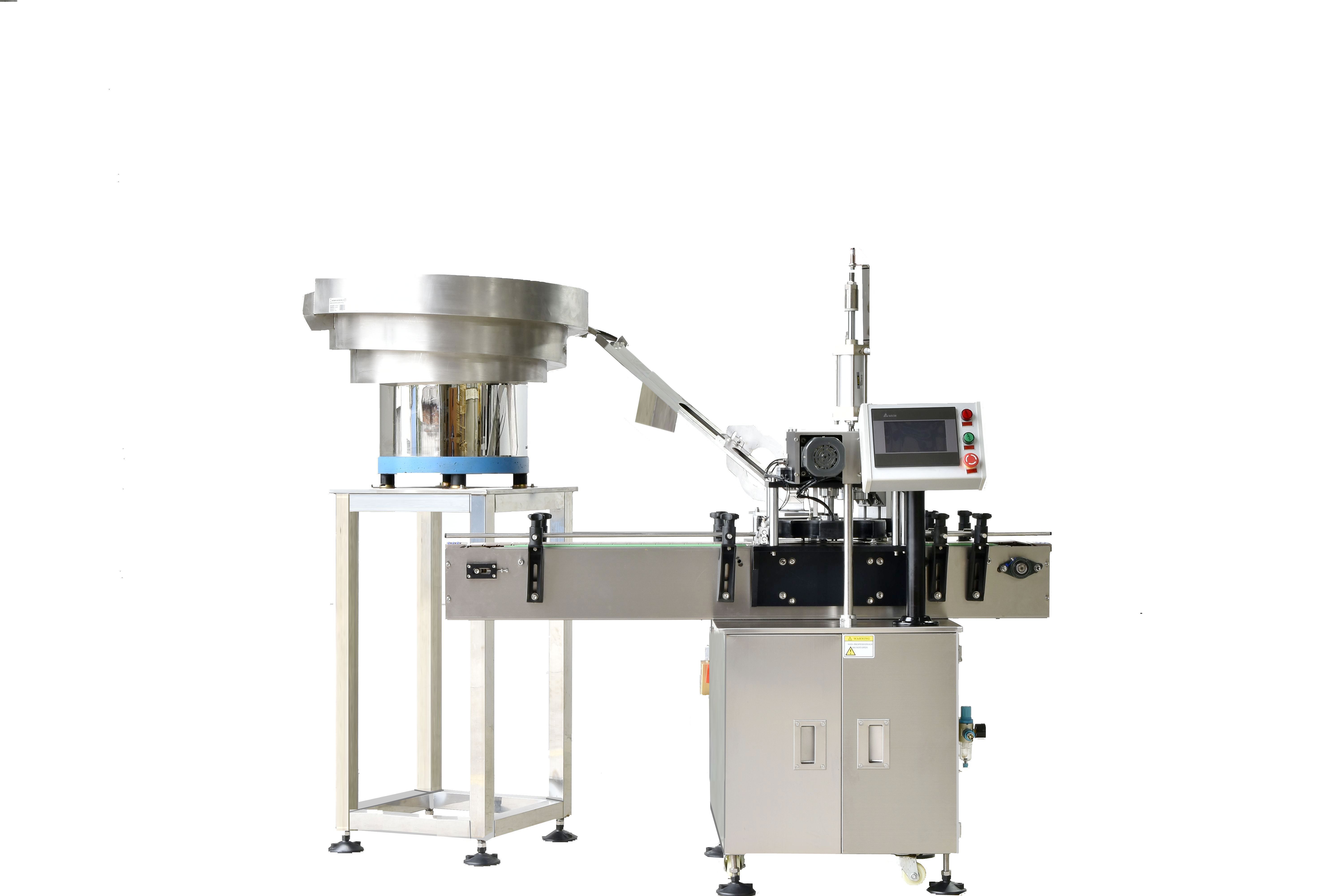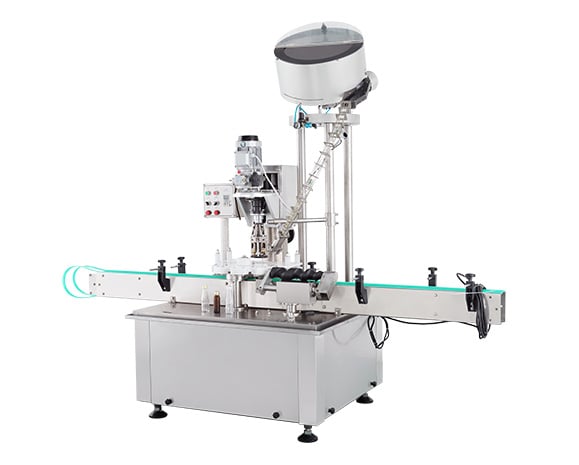Introduction to Mason Jar Sizes
When you have been in the situation of standing before a shelf with a row of mason jars, trying to identify which one is the one you need, then you are not alone. There are so many shapes and sizes, as well as phrases such as regular mouth and wide mouth to keep track of, that it can quickly become confusing. Canning jam, sorting dry goods, or you just need a rustic vase to hold your fresh flowers, knowing mason jar sizes can help you choose the correct jar to use.
There is more than meets the eye to Mason jars, they have become a household item, and they are used in kitchens, crafting areas, and even decor. Whether it is storing tasty snacks or cold brewing coffee, they are versatile like no other. However, the thing is that not every mason jar is equal. Jelly jars to wide mouth quarts, each one has its reason and familiarity on the proper size, the width of the opening, and the correct size of the jar lid can make your life so much easier.
This blog post is your guide to the Mason jar size chart. We will demystify it all, including the lids and mouth diameter of the jars, the pour spout compatibility, and you will never pick the wrong jar twice. Do you take smoothies every day, or are you more of a countertop composting type of person? Either way, we have the information you require.

Mason Jar Size Chart (Quick Reference)
Choosing the appropriate mason jar is not only a question of its capacity, but also one that considers the size that fits through the opening, facilitates easier cleaning, and allows for freezing. The following chart is a convenient tool for comparing the most popular mason jar sizes and selecting the one that best suits your needs.
| Volume (oz / cangkir) | Height (in) | Mouth Type | Opening Diameter | Penggunaan Terbaik | Freezer Safe |
| 4 oz / ½ cup | ~2.25 | Regular | ~2.5 in | Spices, condiments, gift jars, herb butters | Tidak direkomendasikan |
| 8 oz / 1 cup | ~3.75 | Regular / Wide | ~2.5 / 3 in | Jams, jellies, sauces, yogurt | Yes (leave headspace) |
| 16 oz / 2 cups | ~5.2 | Regular / Wide | ~2.5 / 3 in | Soup, salads, iced coffee, overnight oats | Ya. |
| 24 oz / 3 cups | ~6.8 | Wide | ~3 in | Cold brew, dry goods, layered meals | Ya. |
| 32 oz / 4 cups | ~6.9 | Regular / Wide | ~2.5 / 3 in | Pickles, pasta, pantry storage, smoothies | Ya. |
| 64 oz / 8 cups | ~9.1 | Wide | ~3 in | Bulk grains, kombucha, sun tea, fermenting | Upright only |
| 128 oz / 16 cups | ~10.5 | Wide | ~3 in | Decorative storage, party punch, flower vases | Not ideal |
Note:
When freezing, straight-sided jars should always be used, a head space of 1 inch should be left and abrupt changes of temperature should be avoided to prevent cracking.
Other brands, such as Ball, Kerr and Canadian-made Bernardin, are usually standard in size, but have minor variations in thread or ring shape.
The vast majority of jar lids and accessories will fit all mainstream jars, although you need to be certain when you are dealing with specialty lids.
Regular Mouth Mason Jars: A Classic, Versatile Choice
The traditional canning and general use jar is the regular mouth mason jar with an opening roughly 2 1/3 inches (2 3/4 inch outer). They have a narrower mouth size that makes them best suited to pouring liquids and storing condensed foods such as jams, sauces, syrups, and cold brew coffee. They are also ideal, as far as small-batch preserving is concerned, in terms of the efficient seal and controlled headspace.
Outside the kitchen, these jars come in handy too; to store craft materials, in the office, or reused as diy candle holders and piggy banks. They are easily replaceable and reused due to their high availability as well as compatibility with the commonly available lids and accessories.

So here is a brief guide to typical regular mouth jar sizes and their uses:
- 4 oz (Jelly Jar): Ideal as a jam jar, spices, gift, or travel size.
- 8 oz (Half-Pint): Suitable for chutneys, sauces, and individual preserve jars.
- 12 oz (3/4 Pint): An elastic pickled vegetable size or a layered salad.
- 16 oz (Pint): Great to enjoy with smoothies, soups, grain, or as a snack.
- 32 oz (Quart): Ideal choice of dry goods, infusions, or batch canning.
It is even useful to have half-filled jars, be it to store leftovers or to make storage containers, and this demonstrates how versatile the usage of these containers actually is.
Although normal mouth jars are sparkling with liquids and tiny objects, their small opening may be restrictive to heftier foods or recipes in need of scooping. In such situations, wide mouth jars would fit better. However, day-to-day use, normal mouth jars are a tried and tested classic.
Wide Mouth Mason Jars: Built for Ease and Versatility
Wide mouth mason jars are very convenient as they have a spacious 3-inch opening. Their open design lets you fill, scoop, and clean hassle-free, or use with chunky ingredients, layer a salad, or simply store something too bulky to fit in a narrower jar.
They are great additions to the kitchen: whole pickles, halved peaches, and tomato chunks can easily be stored, and pantry staples, such as flour, oats, and beans, remain fresh and readily available. It is also spill-proof, and they are easy to work with when preparing food due to their wide mouths.

However, they are not useful only in food:
- The cold brew enthusiasts combine them with stainless steel filters to get a hassle-free infusion.
- Smoothie fans will consume the smoothie straight out of the jar.
- DIYers make them into a compost-filled bin, rustic vase, or countertop organizer.
- They are simple and clean in their design and are also popular in homes, cafes, and craft setups.
The following are the most popular sizes of wide mouths and their respective best uses:
- 8 oz (Half Pint): Perfect on dips, baby food, and spoonable snacks (chia pudding, etc.).
- 16 oz (Pint): Ideal medium-sized jar, one of our favorite jars, fantastic in parfaits, salsas, and smaller pantry goods. It can also be used as a tough drinking cup.
- 24 oz (1.5 Pint): A lunch staple to make salads, oats, lentils, or cereals.
- 32 oz (Quart): The best size to use with pickles, kombucha, and meal prep.
- 64 oz (Half Gallon): Recommended to be used with cold brew, bulk dry goods, or a large-scale infusion.
They occupy a little extra space, but wide mouth jars are highly convenient and versatile. They are sized consistently across all brands such as Ball and Kerr, which makes the matching of lids on the jar and the compatibility of accessories very easy, a wise choice even in daily activities and creative activities.
Regular vs. Wide Mouth Mason Jars: What Really Matters
The type of mason jar mouth you choose can make a difference in your kitchen or craft setup. To give you a clear overview of which of these would be better suited to your needs, here is a side-by-side comparison:
| Fitur | Regular Mouth | Wide Mouth |
| Mouth Diameter | ~2 3⁄8″ (60 mm) inner diameter | ~3″ (76 mm) inner diameter |
| Jar Shape | Shouldered, narrower opening | Straight-sided, wide opening |
| Pouring & Spills | Easier to pour without spilling | Better for scooping, less control |
| Ease of Cleaning | Harder to reach inside | Easy to clean by hand or sponge |
| Common Sizes | 4 oz, 8 oz, 16 oz, 32 oz | 16 oz, 24 oz, 32 oz, 64 oz, 128 oz |
| Terbaik untuk | Liquids, sauces, jams, cold brew | Whole fruits, dry goods, bulk food |
| Accessory Fit | Fits pour spouts, jar lids | Fits wide mouth lids, filters |
| Ruang Penyimpanan | Compact; fits tight shelves | Bulkier; for open storage |
| Freezer Friendly | Good for small freezing | Best for freezing large volumes |
| Availability | Easy to find at yard sales | Common in modern homes & online |
Quick Takeaway:
Use Regular Mouth to pour clean, store liquids and perform classic canning.
Wide Mouth is the way to go when bigger ingredients or storing dry items, or anything you will need to get in and clean or scoop out easily.
Choosing the Right Mason Jar Size for Your Needs
Choosing the proper mason jar is not only a matter of matching a style of jar to what needs to fit inside; it is also about functionality and a variety of sizes. Be it preparing food, storing ingredients, or selling a product, knowing the different uses of different-sized jars will make you work more efficiently and prevent waste.
For Daily Food Use and Meal Prep
Small jars, such as 8 oz, in everyday use are useful with sauces, dips, dressing, and snacks when portion control or portability is necessary. A 16 oz jar is more universal, though, as it is suitable for using one serving of soup, smoothie, or overnight oats, making it one of the most popular jars among people. Quart jars, such as 32 oz, are large enough to hold adequate volumes without consuming a lot of space, especially for those who prepare food in bulk or store large quantities.
Thicker foods or layered meals should be put in wide-mouth jars because they are simpler to fill and clean, whereas regular-mouth jars are used with liquids. By selecting the correct size in this case, you will utilize space in your fridge better, waste less food, and have a smoother prep routine.

For Storage and Canning
In the case of storage and long-term preservation, precision is more important. Jams, sauces, and other pourable items usually go in regular mouth jars, and whole fruit or chunky veggies (pretty much everything that has to be tightly packed in) does well in wide-mouth jars.
With dry foods such as grains, beans, flour, or sugar, 32 oz and 64 oz jars are usually the standard (though wide-mouth formats would be much more convenient since pouring and scooping is far easier). Proper sealing and food safety are important in canning, whereby jars of the right size and mouth type should be used. Your jar selection will be based on the particular ingredient you are using or the purpose of use, and this will help maintain quality and prevent the seal from breaking or inefficient storage.
For Display, Decor, and Small Business Use
Mason jars are also popular outside the kitchen in gifting, home decor, and packaging. Candles, scrubs, or spices may be put in smaller jars (4 to 8 oz ), a compact and attractive presentation that is good in retail or online sales, or at a local yard sale.
Middle volumes, such as 16 or 32 oz, are appropriate when the product is of higher value or is in a larger size of packaging as a compromise between aesthetics and appropriate content. To use as decoration, e.g., flowers or holiday decorations, quart and half-gallon jars may be preferred due to their clear shape and clean profile.
Automate Your Jar Packaging with Levapack
Although knowing about the common sizes of the mason jar is necessary for domestic consumers and small-scale producers, the expanding business is likely to come across a need to have tailor-made mason jars, particularly when the packaging operations require expansion without compromising the aesthetic appeal of glass jar packaging.
That is where custom equipment can be the difference maker. With small brands dealing with many different jar shapes, sizes, and lid types, Levapack has created flexible, custom-configured packaging machines that are designed to work with glass jars specifically. Whether it is filling thick jams into a wide mouth jar or fitting lids on containers of a unique size, their systems fit your specifications, not the other way around.
When you are ready to take the next step towards serious canning, whether to produce in small batches regularly or even to commercial scale, Levapack modular design philosophy allows you to keep the artisanal quality at the same time as reducing the workload. It is the silent improvement that most niche manufacturers are seeking: efficient, space-conserving, and scalable to your requirements.









Frequently Asked Questions Mason Jar Sizes
The safest jars to freeze in are straight-sided jars (e.g., wide-mouth pints or quarts). Never use jars that have shoulders unless they are specifically marked freezer-safe.
No – standard lids cannot go on wide-mouth jars. The lid size has to be in accordance with the mouth type.
Pikiran Akhir
The knowledge of the mason jar sizes is not only about matching mason jar lids; it is about the selection of the proper tools to reflect how you live and work. The appropriate jar will make the process easier, cleaner, and more efficient, whether you plan to cook at home, organize the supplies, or package the handmade products. The right selection of jars helps avoid frustration, storage, and time-saving in the long run.
Consider the mason jar size chart not only as a source of checking, but also as your planning. Learning to tell the difference between regular and wide-mouth lids, and then planning out how you will use them, whether to freeze soup or pour wax, is important to prevent mismatches and trial and error. It is natural to find the right jar once you are familiar with what suits you the most.




